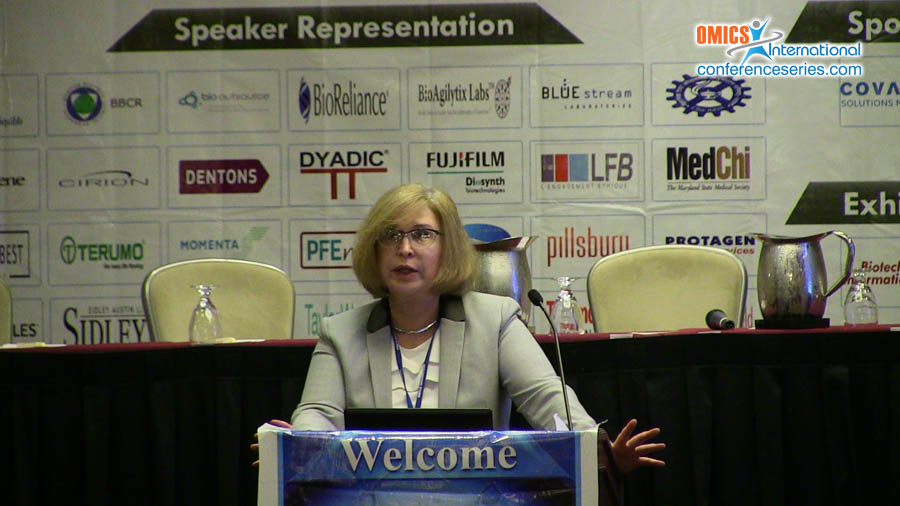
Biography
Biography: Mariana Babayeva
Abstract
The effect of protein binding interaction may result in clinically significant changes in the pharmacokinetics and pharmacodynamics of a drug.A goal of this investigation was to evaluate the potential for inhibition of warfarin plasma protein binding by tizoxanide.Warfarin is a widely used anticoagulant and has a narrow therapeutic index. Tizoxanide is an active metabolite of a rapidly hydrolyzedanti-infectiveprodrug nitazoxanide. Warfarin and tizoxanideare highly bound to plasma albumins. Nitazoxanide is a compound that expected to be co-administered with warfarin and have the potential to alter warfarin protein binding. Such protein binding interaction can result in displacement of warfarin from the protein binding site, increase free plasma concentrations and raise the risk of bleeding. Plasma protein binding of warfarin was evaluated using ultrafiltration. The studies were divided into two phases. Phase I studies generated baseline protein binding values for warfarin. Phase II studies was conducted to assess the effect of tizoxanide on warfarin protein binding. Experiments were conducted over a range of warfarin concentrations. Studies were carried out at physiologic temperature and pH.Samples were analyzed by HPLC. The warfarin fractions unbound were significantly higher in the interaction studies (Phase II) compared to the values of the warfarin alone studies (Phase I). Mean fraction unbound of warfarin in Phase I studies was 0.012, in Phase II studies 0.31. Coadministration of tizoxanide significantly increased free fraction of warfarin for all concentrations tested. This interaction might increase the risk of side effects associated with warfarin administration.

